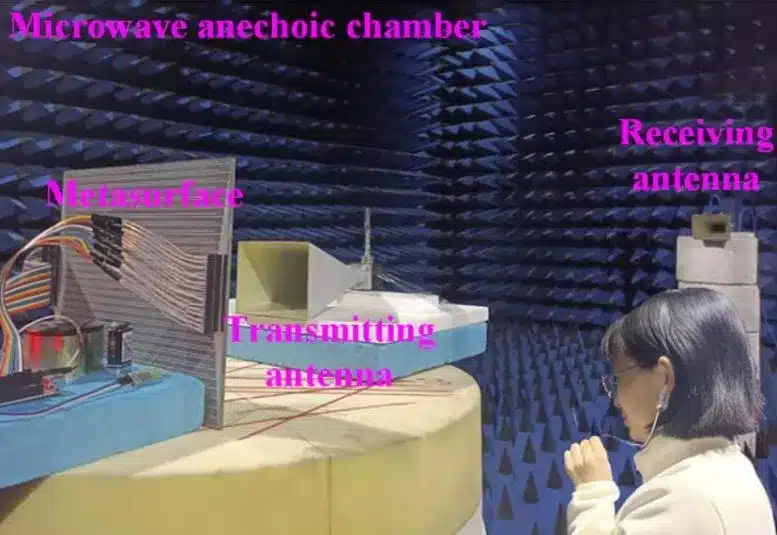With their experiments on mind-control (and real-time) remote and wireless metamaterials, researchers are making tremendous progress towards being able to control objects with thought.
And speaking of thought, telekinesis immediately comes to mind. Moving objects with thought is a "power" that belonged to the field of science fiction until a few years ago, but today it has entered the field of the possible. Thanks to work on brain-computer interfaces that began 15 years ago and continued in various laboratories around the world.
Combining brain signaling technologies with the development of programmable metasurfaces (PMs) will allow us to modify the behavior or position of objects in the future. Today, most of these metasurfaces are wired and can only be operated physically. And tomorrow?
Technological telekinesis, what is needed?

In a new article published in the magazine eLight, a joint team of scientists led by Professor Shaobo Qu, by professor Jiafu Wang of the Air Force Engineering University and Professor Cheng Wei Qiu from the National University of Singapore have taken the first step towards remote mind control of metamaterials.
Their paper, titled “Remotely Mind-controlled Metasurface via Brainwaves,” (I link it here) proposes a structure to achieve this goal.
Bottom line: The authors expect users to be able to control metasurfaces with thought, picking up brain waves and using them as impulses, in the manner of those emitted by a remote control. Reformulation: sending the signals to a real remote control, through bluetooth.
Tests (first simulated and then real) showed that the user's brain waves had a significant impact, improving control and impulse speed. If this is the starting point, moving objects with thought will soon be a reality...
…Where will we arrive?
As mentioned, there have been telekinesis experiments in the past involving artificial intelligence and other advanced engineering materials. This new approach based on remotely controlled metasurfaces is entirely new.
The research team is trying to integrate this mechanism with intelligent algorithms to further improve it. The first fields of application? By 2030 we will see health monitoring devices, smart sensors and… who knows, maybe the first earphones for “electronic telepathy”.
We will wear a headset and talk to our office neighbor without saying a word. Our thoughts will translate into words in his ears, and vice versa.


